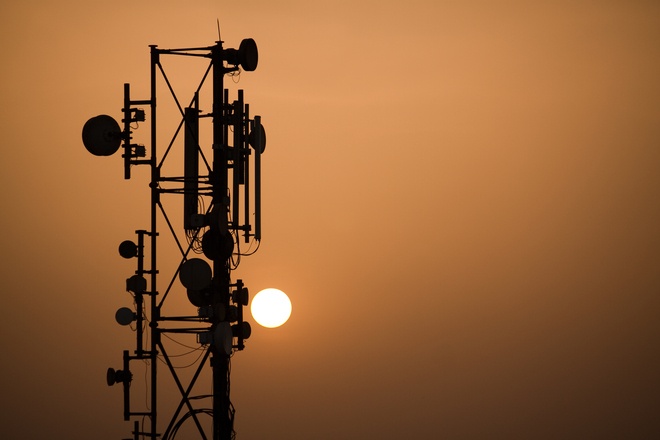Radio links are traditionally required to be manually directed towards each other in order to communicate, which limits data to be transferred between two specific nodes only, creating a so-called “Point-to-Point” communication. Steerable antennas, on the other hand, enable radio links to be automatically aligned towards each other, resulting in an increased ease-of-use and enabling “Point-to-Multi-Point” communication and development of “mesh networks”. Steerable antennas also enable a directed connection to individual users, which increases the data transfer rate from mobile devices to base stations. Steerable antennas are expected to be a key component in the development of 5G.
Consumer use of mobile data is growing exponentially, and is expected to increase by 10 times during the next five years. This rapid increase of data use and connected units is challenging the world’s mobile data networks to their limits. Technologies used for 2G, 3G, 4G will not be enough. To increase the data capacity further, the network providers will need to increase the number of base stations and increase the operating frequency.
An automotive radar is used to locate objects in the vicinity of the car and consists of a transmitter and a receiver. The transmitter sends out radio waves that hit an object and bounce back to the receiver. One of today’s major challenges is to develop steerable antennas for radars with high enough performance at a reasonable cost.
An autonomous vehicle is one that is self-driving in the sense that it can steer, accelerate and brake by itself. The technologies required for autonomous driving have matured significantly in the past couple of years and are on their way to be implemented on a large scale. However, to enable fully autonomous vehicles at a reasonable cost, the radar resolution must be improved significantly.
A radio link is a wireless connection between two nodes, or radio units, in a data network. Each radio unit consits of a tranceiver and a highly directive antenna, typically operating at microwave frequencies in the range of 6 – 23 GHz. However, the capacity of the radio links increases with frequency, and antennas for e.g. 70 - 80 GHz are being deployed to an increasing extent. Depending on frequency, the maxium communication range for a radio link varies between a few meters to hundreds of kilometers.






